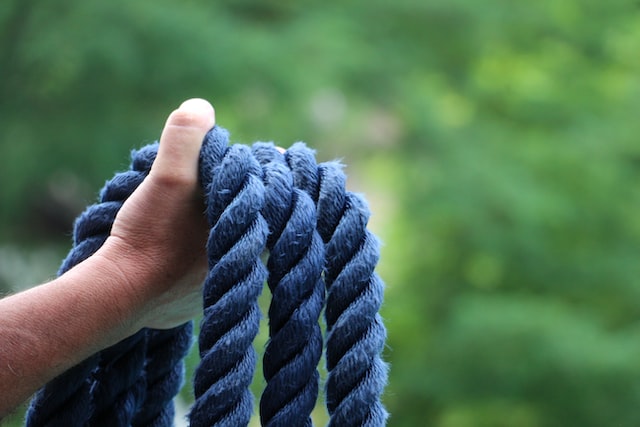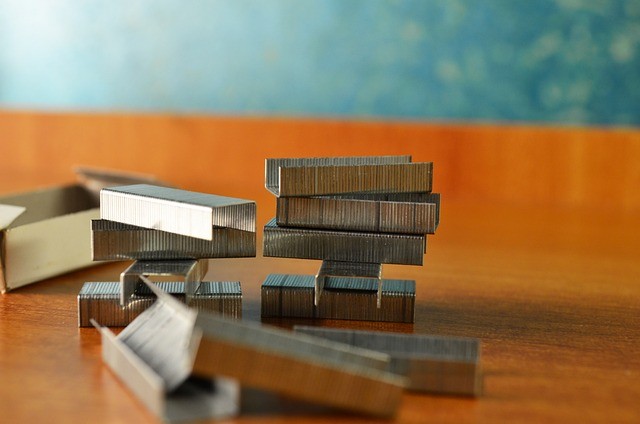You might think that it’s impossible to weave a chair seat with rope, but that’s not the case. There are plenty of tricks and tips to help you out. Here are some of them:
Danish Modern Seatweaving
Danish Modern seatweaving is a big deal in the mid-century modern furniture industry. It is a form of weaving that has been around since the 1920’s. It is a woven cord that is usually wrapped around two rungs, and looped around “L” shaped nails on the internal framework. The Danish Paper Cord is one of the more common materials used in the seat of a Danish Modern chair.

There are many variations of this technique. Some of the most popular include strand cane, rattan reed, and hickory bark. Splints are made of oak, ash, and hickory bark. Typically, these materials are a multi-ply strand with a basketweave or twill pattern.
Splint reed
If you have a chair that needs reweaving, you can use a splint reed. This material has the character of old wood and can be stained or dyed to match. It is also strong and durable.
First, you will need to find a chair with four rails. There are many types of materials that can be used to weave a splint seat. Wicker is one of the most popular options. It is durable, beautiful, and comes in a variety of patterns.
The seat is woven with the weft starting at the back of the right side of the chair. The bottom of the chair is woven in a similar way.
Bulrush or cattail leaves
Cattail and Bulrush leaves can be used to make a chair seat. They are both common plants found in swampy areas throughout North America and other temperate regions. Their leaves are rounded and flat, except at the base.
If you want to weave a chair seat using cattail or bulrush leaves, you’ll need to have some experience weaving. This is one of the most time-consuming materials to weave. You’ll have to hand-twist each individual leaf.
Once you’ve completed the weaving, you’ll have a chair seat made with both paper fibre rush and natural cattail leaf rush. Natural rush is a more expensive material, but it is a bit more labor-intensive.
Mark the front and back rails with centerlines for each pair of warp cords
When weaving a chair seat with rope, you will need to mark the front and back rails with centerlines for each pair of warp cords. This will ensure a uniform pattern across the seat. The front rails will measure 16 inches x 16 inches while the back rails will measure 17 inches x 17 inches.
You will also need a metal tool and a wringer to help you weave. For an average sized chair, two pounds of rope cord are needed.
To begin, untie the end of the rope from the lower dowel. Cut the rope to a length that is shown above. Next, tie a knot on the end.
Staple the pieces together with a paper stapler
If you’re considering a reupholstery project, you might want to try out weaving a chair seat with rope. The results look quite impressive and can also be quite useful. However, you should be careful with the woven seat. It’s best not to pull it too tightly or you may end up with a lumpy seat.

First, you’ll want to determine how big of a space you have to cover. The size of the space will help you determine how many filler pieces you’ll need.
You’ll need two pounds of rope cord. Choose a Danish or laced cord. Both types have roughly 180 feet per pound, but the former has less visible twisted strands.






